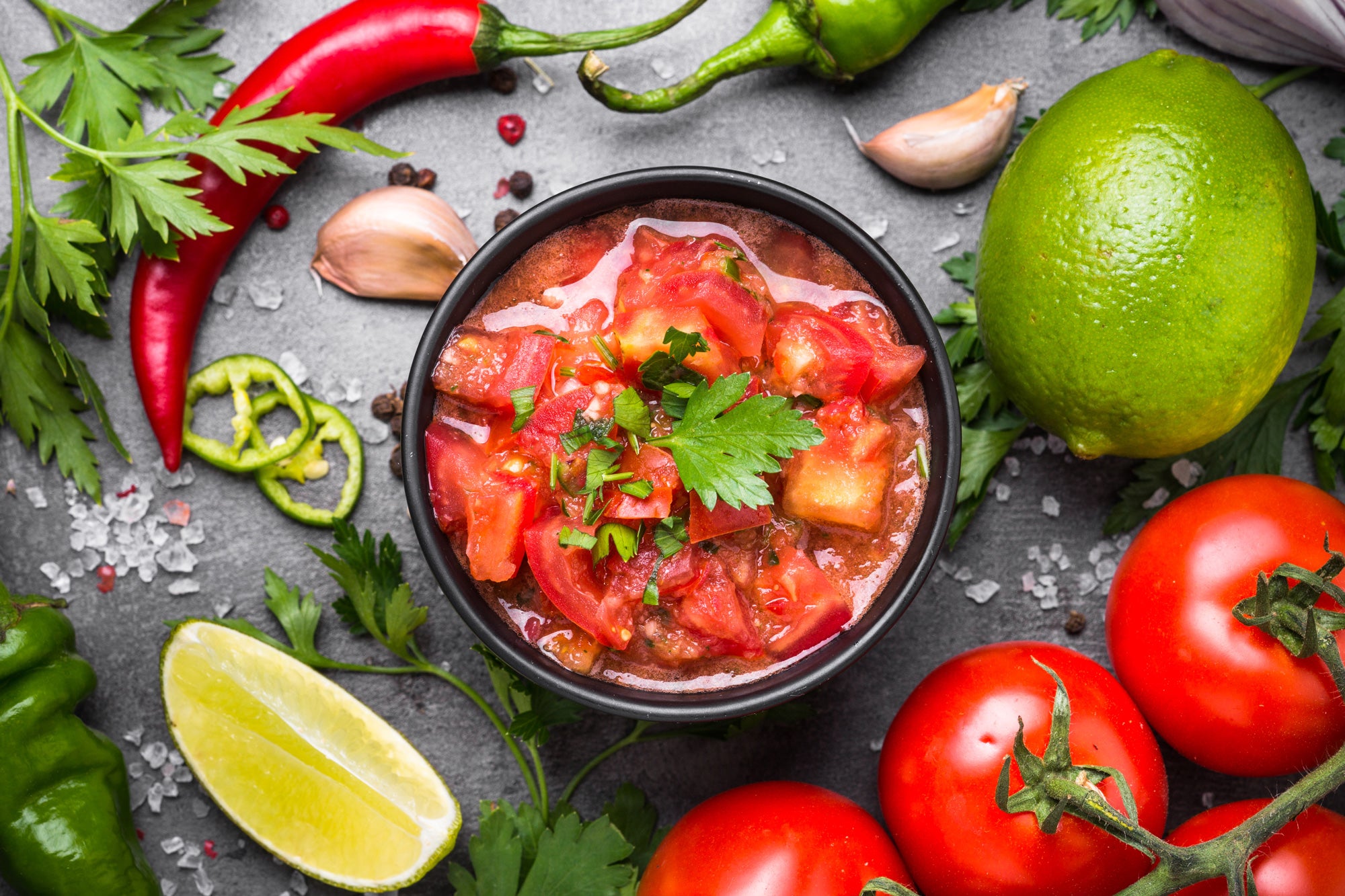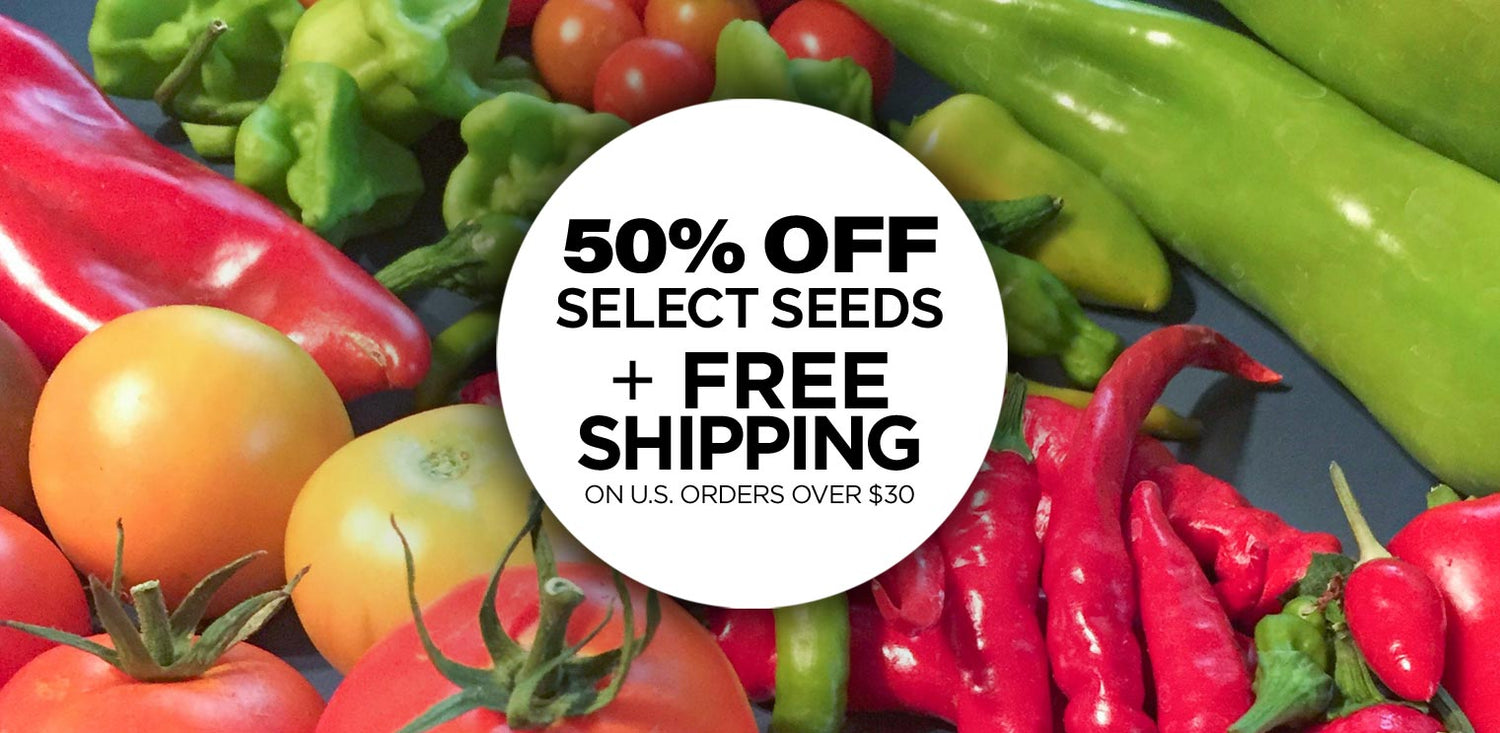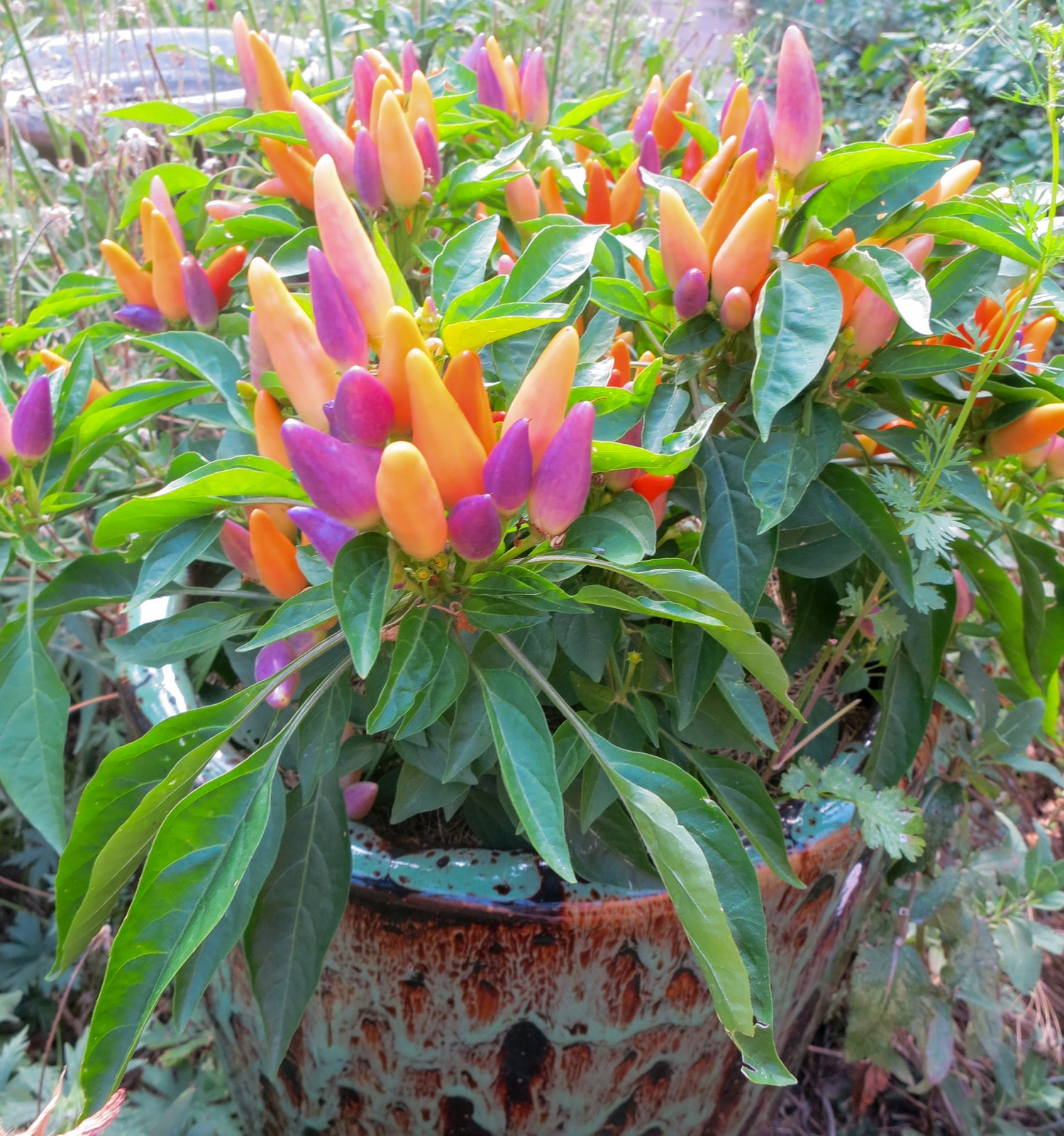Common Seed Customer Question:
“Why are some of my tomato seedlings are looking yellow?”
If the first leaves on your tomato seedings (called “cotyledons”) are turning yellow and falling off, don't worry! This is a normal part of seedling development, once the raggedy “true” tomato leaves appear, the first two cotyledon leaves may drop off on tomato plants as well as other vegetable plants.
Below are two examples of yellowing cotyledon leaves on tomato seedlings:


There are many reasons why a tomato plant's leaves turn yellow. Under-watering and over-watering can both cause yellowing leaves, as well as nitrogen deficiencies in the soil, a lack of sunlight on the bottom leaves, or a possible disease (which tomatoes have plenty of). We recommend making sure to water only when needed, as tomatoes hate soggy feet. Water when the soil is starting to dry out, garden tomatoes typically require about 1-2 inches of water a week, depending on the weather and climate.
As the days get shorter, the nights get cold and cool weather and frosts arrive, tomato plants will turn yellow and start to die back at the end of the season. Don't be alarmed, this is the normal end of the cycle! What you can do is trim off any new blossoms to help the plant put all it's energy into ripening the fruit already developed, and cut down on watering and stop fertilizing. You can also trim back any dead or yellowing stems, and stake up wandering branches to keep the fruit off the ground. This helps keep plants healthier and increase air flow and can assist the plant to ripen the last tomatoes faster.
If you have a whole bunch of green tomatoes and a long frost or snow is expected, either try to cover your plants with structures such as hoop houses or tepees and drape with greenhouse film over them to protect against the cold temperatures. Or, you can also pick all your green tomatoes if freezing is expected and make green tomato recipes including a delicious Green Tomato Enchilada Sauce.
Compost & Mulch:
Make homemade compost and top dress your garden soil to help keep your soil rich and full of nutrients. This may eliminate the need for fertilizer entirely, which is best, especially in organic gardens. Mulch your tomato plants to help conserve moisture.
Fertilizing Tomato Plants:
Homemade compost is best and is free! But you can also use slow-release organic fertilizer if needed. We've also heard good things about using Cottonseed meal as a natural tomato fertilizer that can be mixed into your soil when planting. It contains nitrogen, phosphorus and potassium (6-2-1 ratio), plus including calcium, magnesium, sulfur, copper, and also provides trace elements such as manganese, molybdenum and zinc. Plus it's nitrogen supports leafy growth on young tomato plants. Cottonseed meal nutrients are released slowly and last about four months. Fish Emulsion is also another natural fertilizer that helps tomato plants throughout the season.

Grow a Variety of Tomato Varieties:
To increase your odds of a successful tomato harvest, we recommend growing both Heirloom and Hybrid tomatoes.Grow Heirloom open-pollinated tomato seeds for great flavor and seed saving, and grow Hybrid tomatoes for vigor, yield and better disease resistance.
Check out all of our 44+ Tomato Seeds »
We find that different tomato varieties (both heirloom and hybrids) perform differently from season to season, depending on the weather and soil & pest conditions. Where one season a hybrid or heirloom may thrive, the next season it could be the one plant that gets riddled by aphids or develops a disease. By growing a several varieties of different types of tomatoes each season, your chances for success are much greater! If you do find a diseased or pest-infested tomato plant in your garden, we recommend removing it – once they get sick they usually continue to struggle all season, and we don't recommend spraying them with chemicals. Simply take that tomato out, if you've planted several others you should still have a great harvest.



















